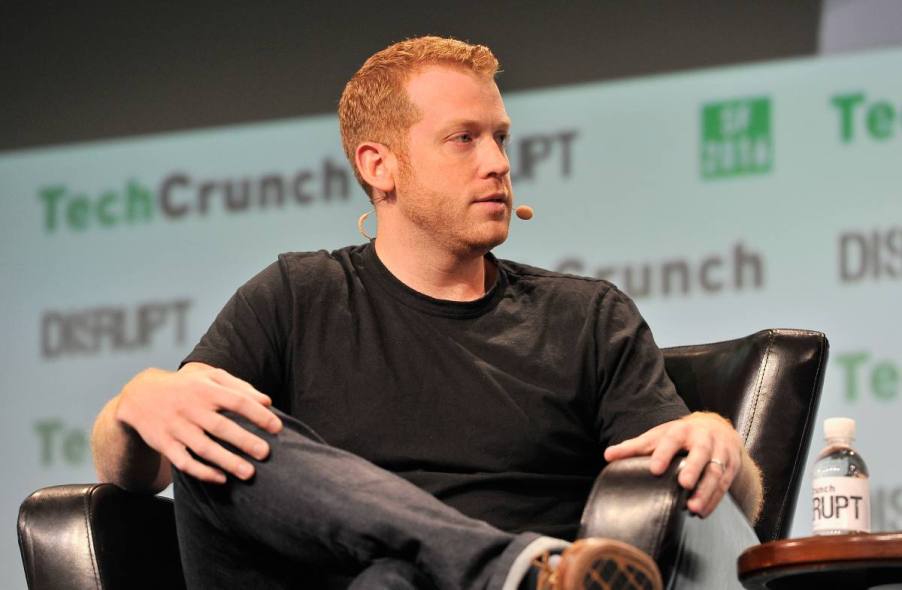
Disgraced Cruise CEO Quietly Resigns: What Does It Mean for GM?
As a San Francisco resident myself, I deal with the headache of commuting around the city all day, every day. When it comes to getting a ride across town and I don’t want to drive myself and deal with the infamous Bay Area traffic, I have a few options to choose from. I could take a Muni bus across town, I could hop on the Bart commuter rail, or I could grab a ride from an Uber, Lyft, or even San Francisco Taxi. However, in recent years, there has been a fleet of vehicles taking to the San Francisco streets; self-driving taxis.
Cruise, GM’s fleet of Chevy Bolts, and Waymo, Alphabet’s fleet of Jaguar I-PACEs are taking to the streets. These full-electric vehicles are driverless and a contested subject in the city. What initially was a simple, odd way to get around the city, has now turned dangerous, and Cruise has been under fire. Here is everything you need to know about the issues surrounding GM’s Cruise.
Getting up to speed on the GM and Cruise drama
The Cruise driverless taxi fleet in San Francisco and other big American cities has been controversial, to say the least. According to multiple news agencies like ABC, Cruise taxis have been seen stopping in the middle of the road, causing traffic jams, and not detecting pedestrians until the last possible moment before stopping.
Cruise self-driving taxis have also been cutting into the rideshare business. For many people, driving for Lyft and Uber is a good way to make some extra cash, but self-driving taxis have been undercutting Lyft and Uber drivers.
Protestors have been taking to the streets, finding passenger-less Cruise vehicles and immobilizing them. NPR reports that protestors can peacefully protest these vehicles by simply throwing a cone on the hood, leaving these vehicles immobilized.
While this drama has been mostly harmless, with traffic jams and roadbound annoyances at the most, these vehicles recently became dangerous. Cruise vehicles lost their permit to perform business in California due to an incident where a pedestrian was dragged by a Cruise vehicle.
This pedestrian was struck by another vehicle, and after being thrown into the path of a Cruise vehicle, this pedestrian ended up being dragged by the taxi an additional 20 feet. The San Francisco Fire Department had to use rescue equipment to free the pedestrian from under the Cruise taxi.
The CEO of Cruise steps down with a brief email
Kyle Vogt, the 38 CEO of the Cruise division of GM resigned quietly after this safety issue. In an email released to Reuters, Vogt simply stated, “I have resigned from my position”, and, “As CEO, I take responsibility for the situation Cruise is in today. There are no excuses, and there is no sugarcoating what has happened. We need to double down on safety, transparency, and community engagement”.
What does this mean for the future of GM?
According to a post to X by Kyle Vogt, he believes that the future for Cruise is still bright. However, Cruise has done nothing but lose money since its inception. Cruise was expected to generate $50 billion in revenue by 2030, however, it has already lost nearly $700 million during the third quarter of this year alone.
GM putting its faith into a faulty technology, so much so that one accident led to the resignation of a CEO, shows just how unstable the automotive technology industry is. People are putting their entire livelihoods on the line, putting their heir own technology face to face with the lives of innocent pedestrians.
GM will recover from this, but its tone-deaf idea to put driverless taxis on the streets where they were never wanted in the first place, and then clear house whenever an incident happens, shows that the technological future of GM is rocky, to say the least.



